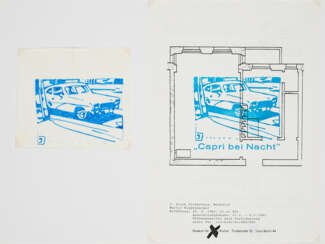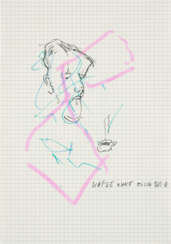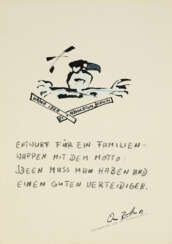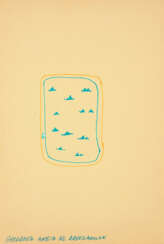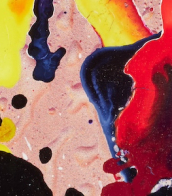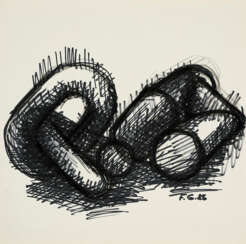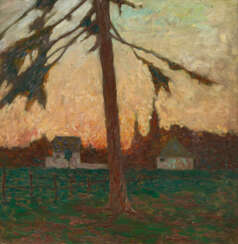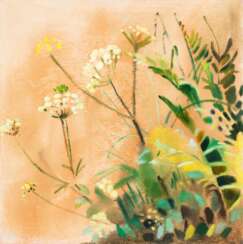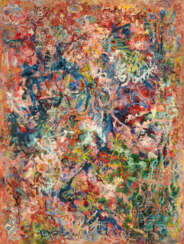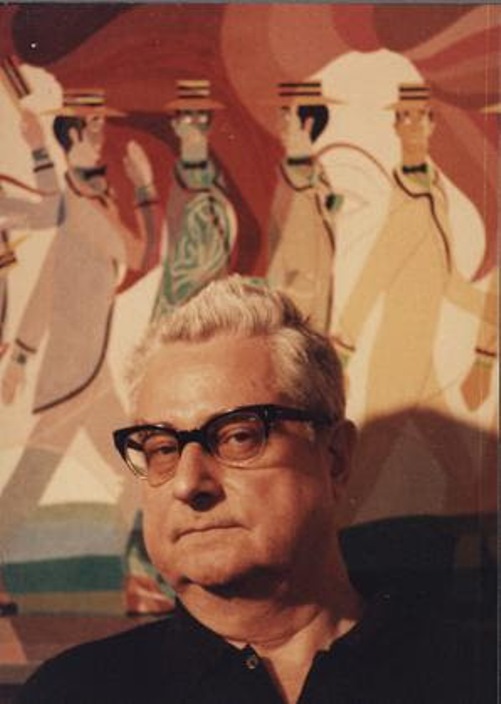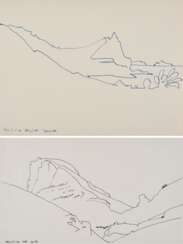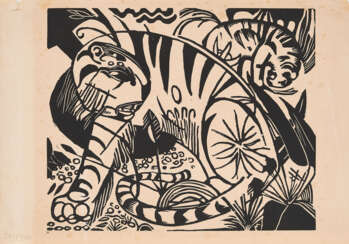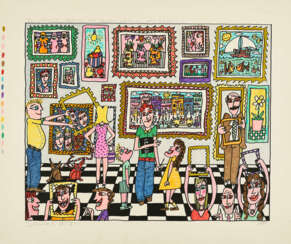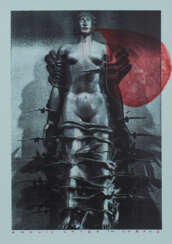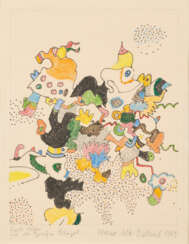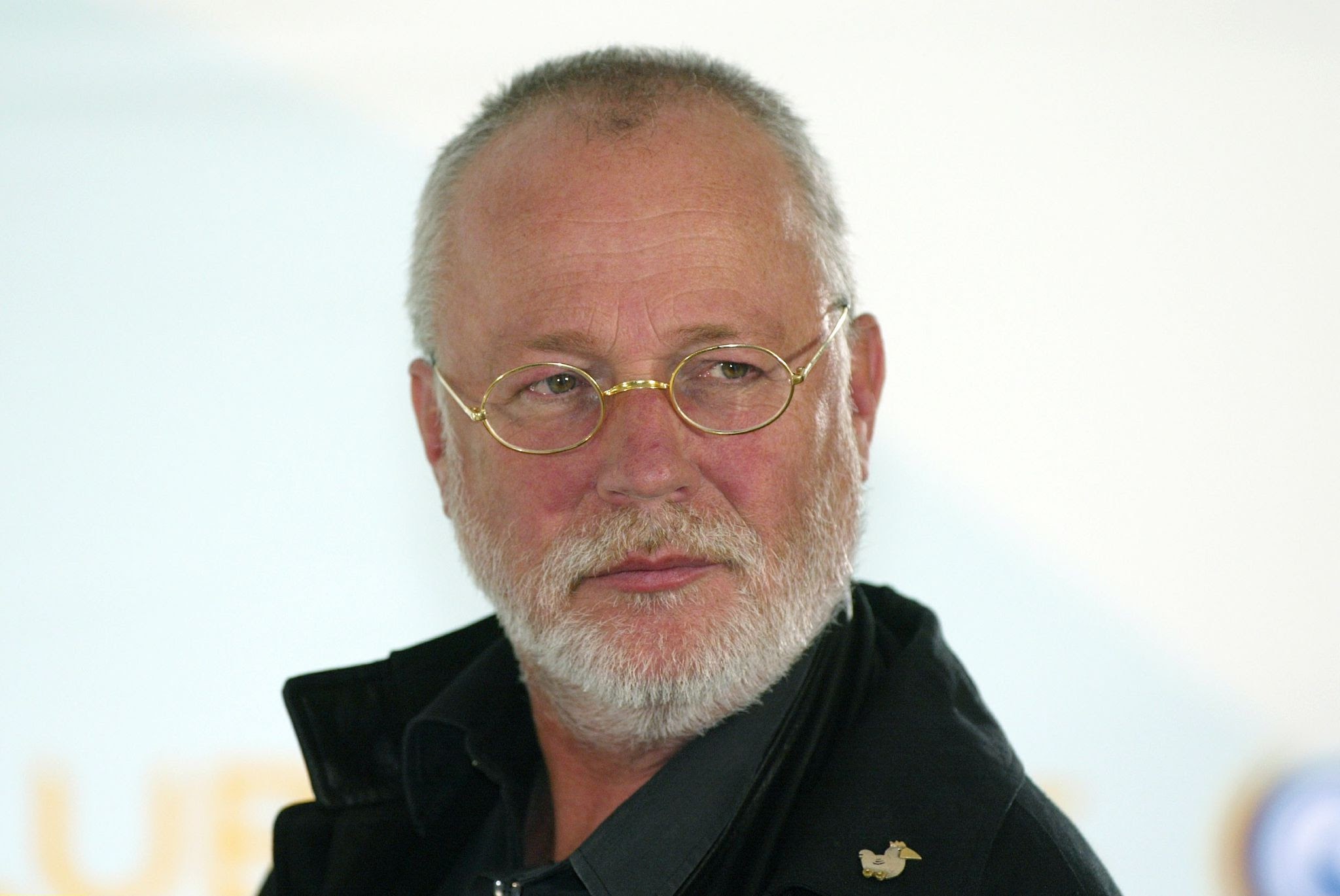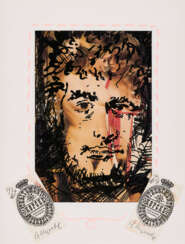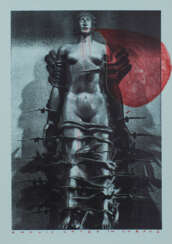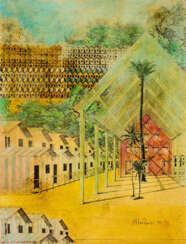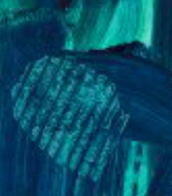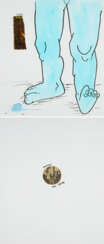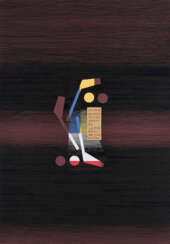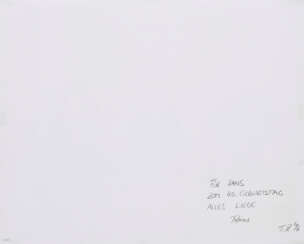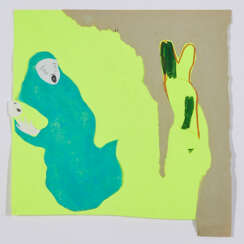fibre pen
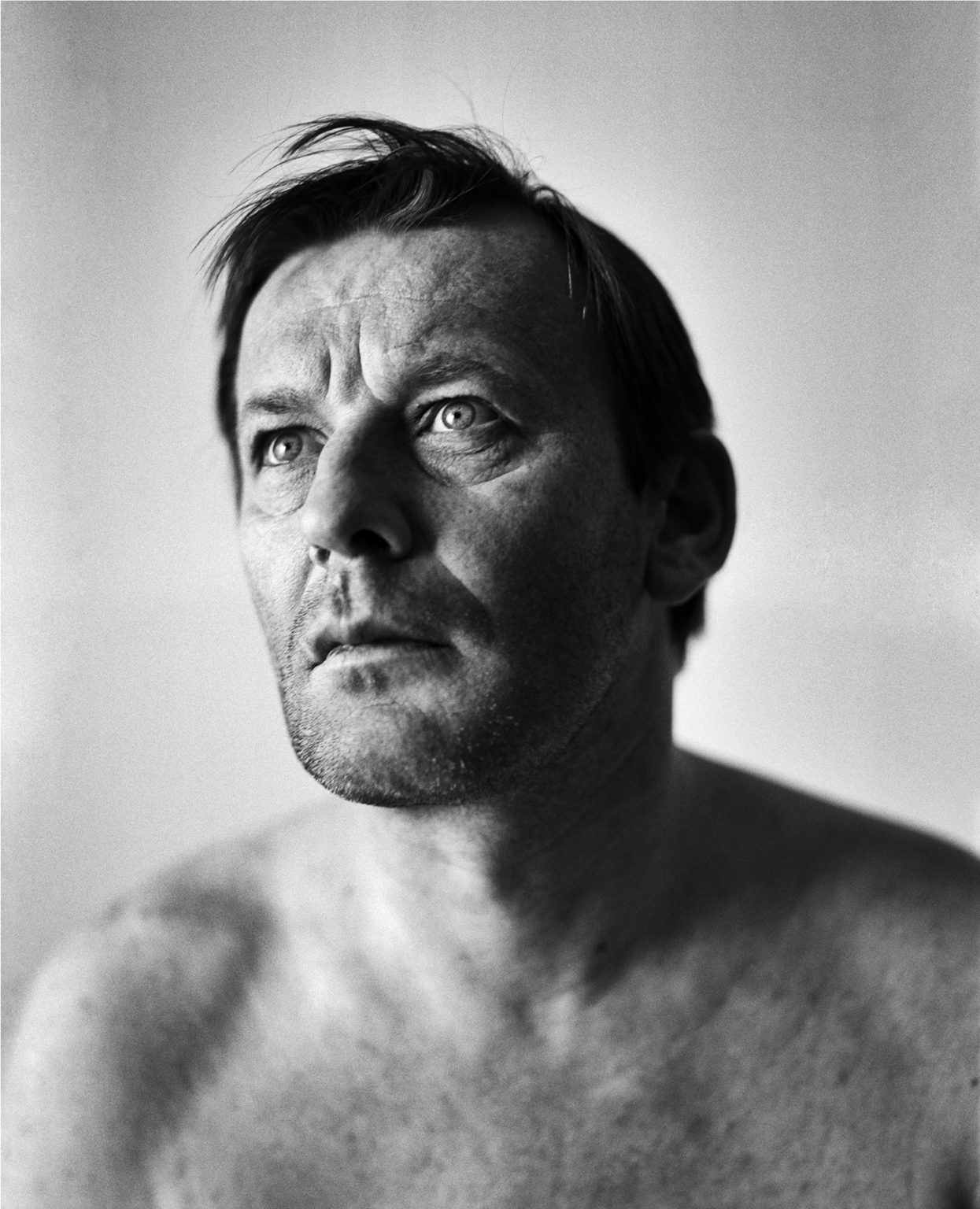
Martin Kippenberger was a German artist known for his extremely prolific output in a wide range of styles and media, superfiction as well as his provocative, jocular and hard-drinking public persona.
Kippenberger was "widely regarded as one of the most talented German artists of his generation," according to Roberta Smith of the New York Times. He was at the center of a generation of German enfants terribles including Albert Oehlen, Markus Oehlen, Werner Büttner, Georg Herold, Dieter Göls, and Günther Förg.
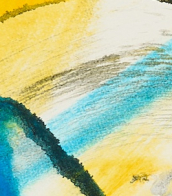

Martin Kippenberger was a German artist known for his extremely prolific output in a wide range of styles and media, superfiction as well as his provocative, jocular and hard-drinking public persona.
Kippenberger was "widely regarded as one of the most talented German artists of his generation," according to Roberta Smith of the New York Times. He was at the center of a generation of German enfants terribles including Albert Oehlen, Markus Oehlen, Werner Büttner, Georg Herold, Dieter Göls, and Günther Förg.

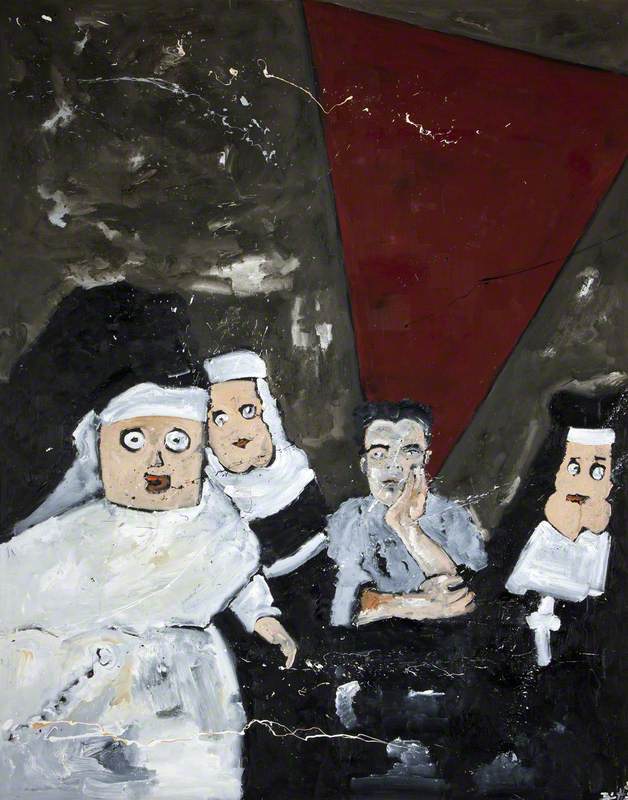
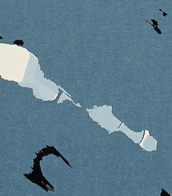

Martin Kippenberger was a German artist known for his extremely prolific output in a wide range of styles and media, superfiction as well as his provocative, jocular and hard-drinking public persona.
Kippenberger was "widely regarded as one of the most talented German artists of his generation," according to Roberta Smith of the New York Times. He was at the center of a generation of German enfants terribles including Albert Oehlen, Markus Oehlen, Werner Büttner, Georg Herold, Dieter Göls, and Günther Förg.


Ralf Winkler, alias A. R. Penck, was a German painter, printmaker, sculptor, and jazz drummer. A neo-expressionist, he became known for his visual style, reminiscent of the influence of primitive art.
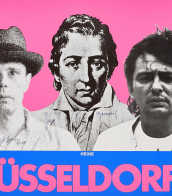

Ralf Winkler, alias A. R. Penck, was a German painter, printmaker, sculptor, and jazz drummer. A neo-expressionist, he became known for his visual style, reminiscent of the influence of primitive art.
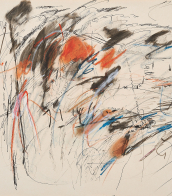

Gerhard Richter is a German visual artist. Richter has produced abstract as well as photorealistic paintings, and also photographs and glass pieces. He is widely regarded as one of the most important contemporary German artists and several of his works have set record prices at auction.
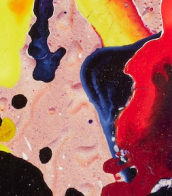
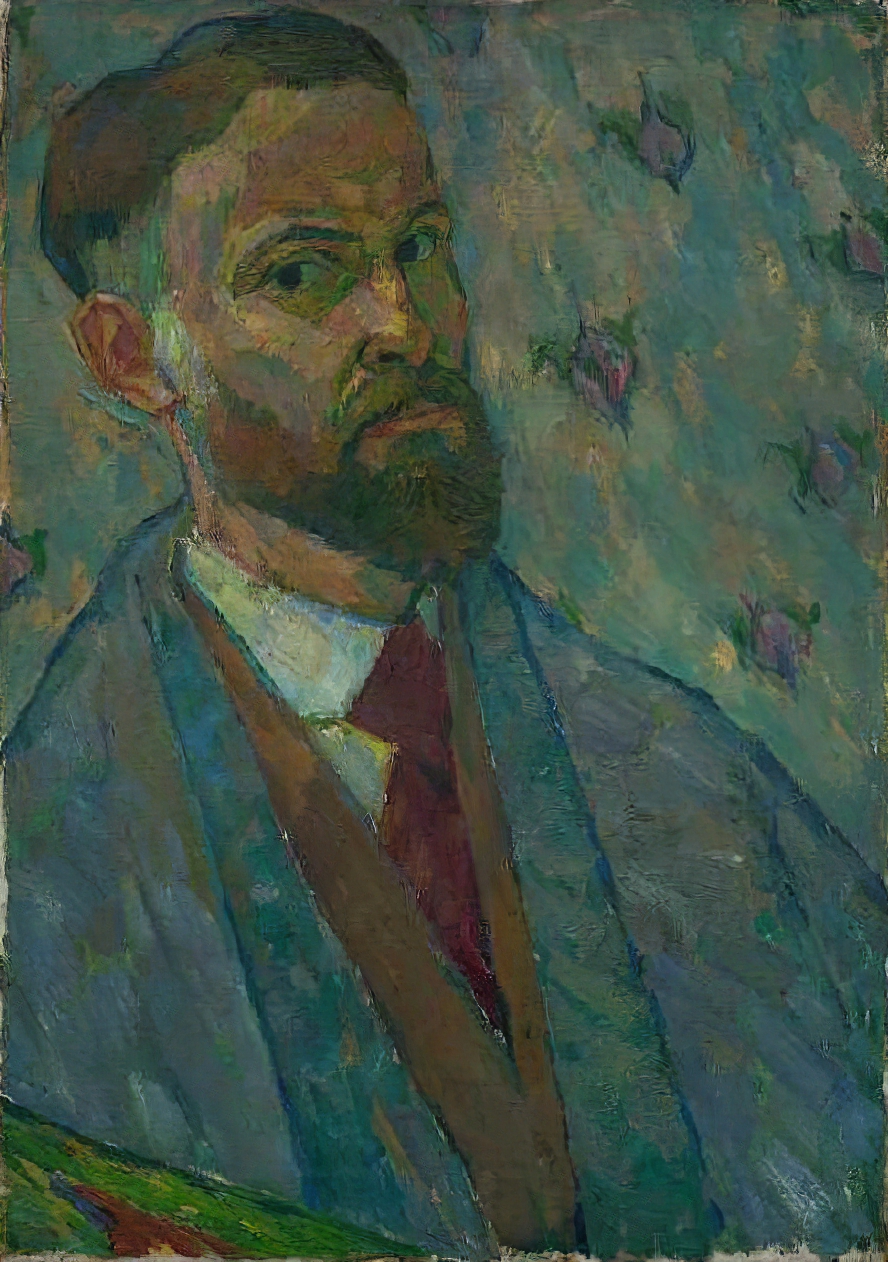
Walter Ophey was a German artist. He was known for his modernist paintings, which often depicted landscapes and still-life scenes.
Ophey studied at the Academy of Fine Arts in Düsseldorf. His early work was influenced by Impressionism, but he later became associated with the Expressionist movement.
In 1909 Ophey, together with some other Düsseldorf artists, formed the artistic group the Special Union (Sonderbund). The first chairman of the Special Union was the well-known German philanthropist and collector Carl Ernst Osthaus. In the following years this group became one of the most powerful avant-garde art movements in Germany.
Ophey's paintings are characterized by their bright colors and bold, simplified forms. He often depicted rural landscapes and still-life scenes, infusing them with a sense of emotional intensity. He was also known for his use of color, which he used to convey mood and atmosphere.
Ophey's work was exhibited extensively during his lifetime, including at the Berlin Secession and the Salon d'Automne in Paris. Despite his relatively short career, he was recognized as an important figure in the development of modernist painting in Germany.

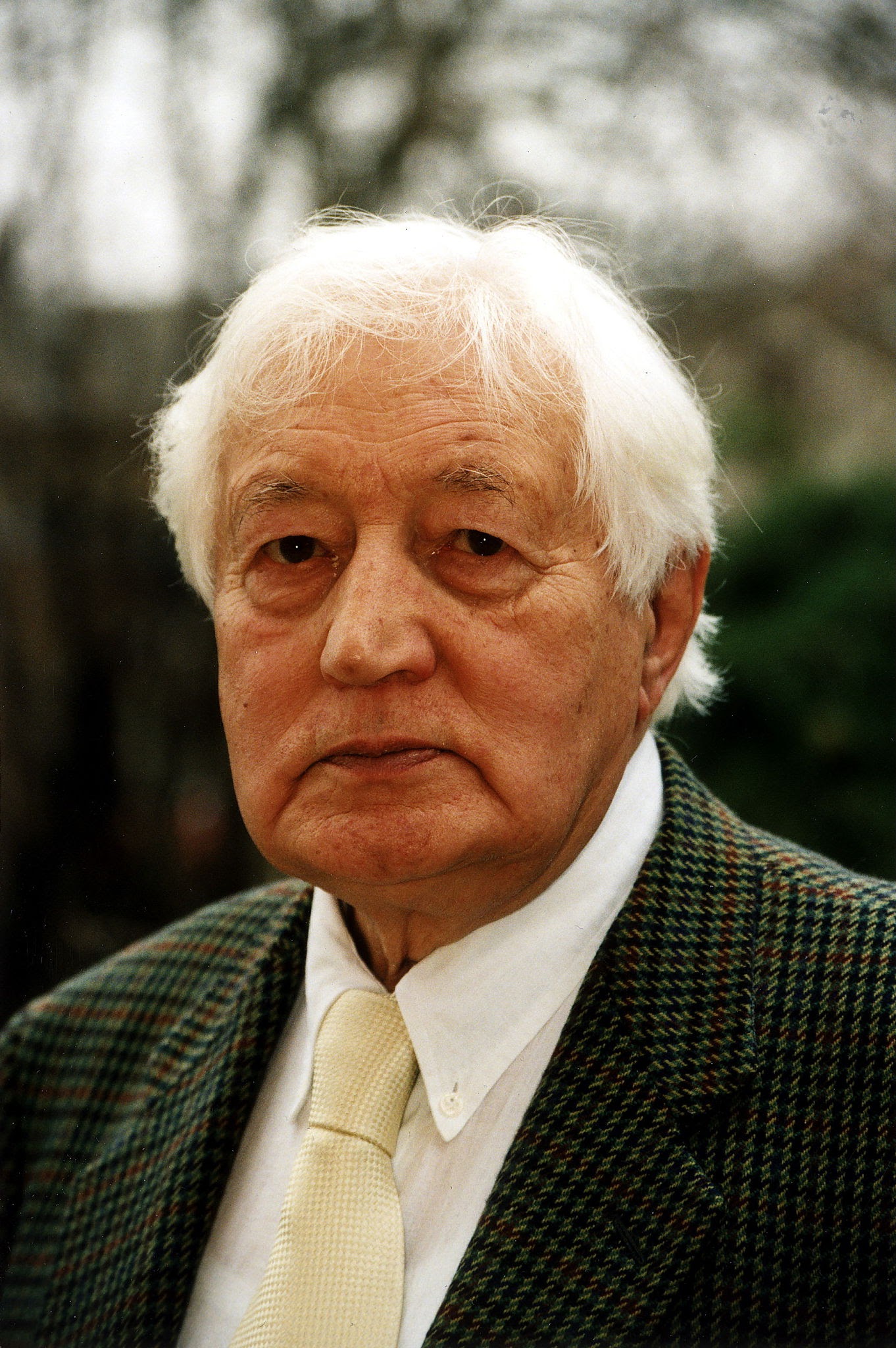
Siegward Sprotte was a German artist, writer and philosopher.
Originally Siegward Sprotte painted figuratively, including portraits of old masters and drawings. Later he devoted himself more to landscape, up to the ideogram and colourful calligraphy.
Sprotte has written many works on the subjects of art, consciousness and modernity, and is the creator of a new paradigm of "eye-to-eye".

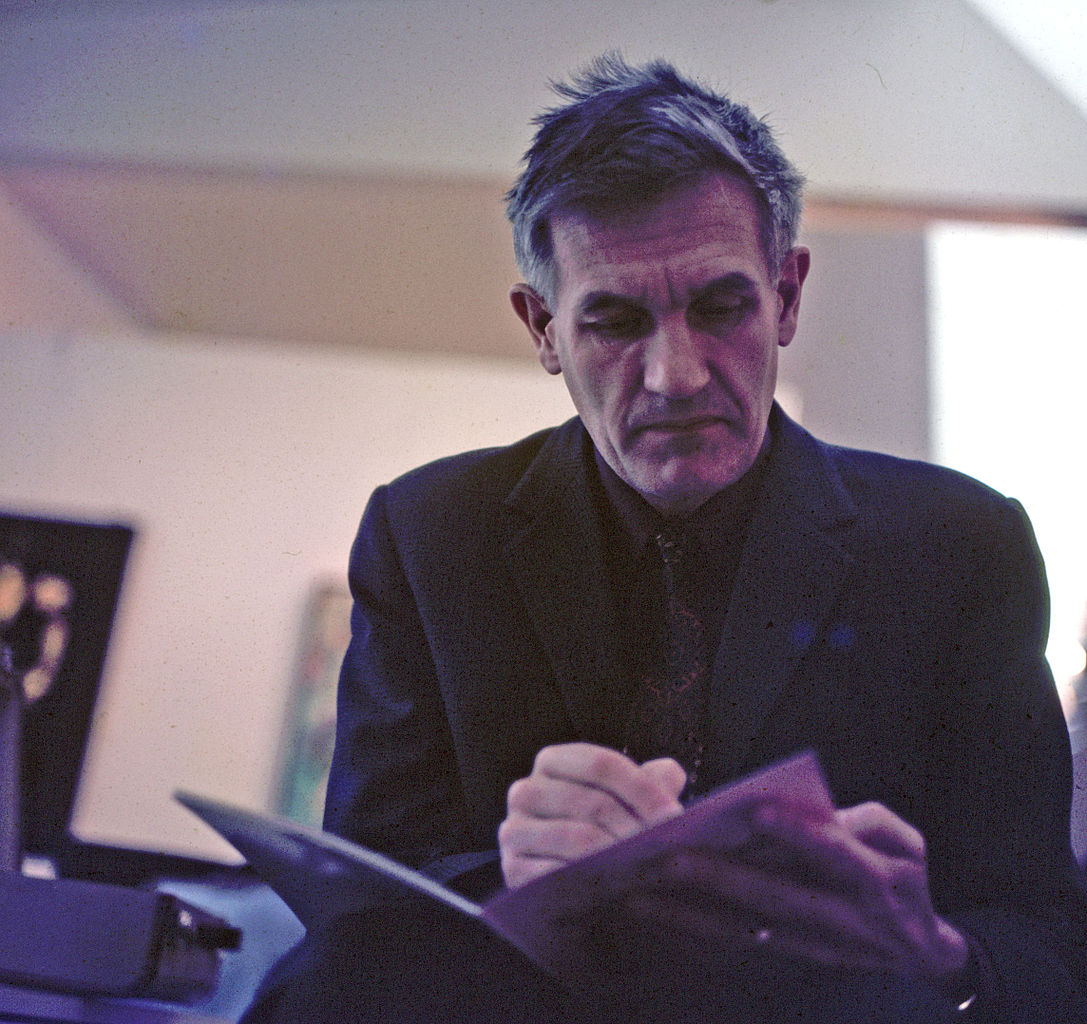
Bernard Schultze was a German painter who co-founded the Quadriga group of artists along with Karl Otto Götz and two other artists.


Siegward Sprotte was a German artist, writer and philosopher.
Originally Siegward Sprotte painted figuratively, including portraits of old masters and drawings. Later he devoted himself more to landscape, up to the ideogram and colourful calligraphy.
Sprotte has written many works on the subjects of art, consciousness and modernity, and is the creator of a new paradigm of "eye-to-eye".
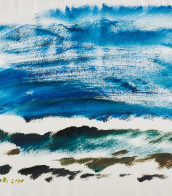
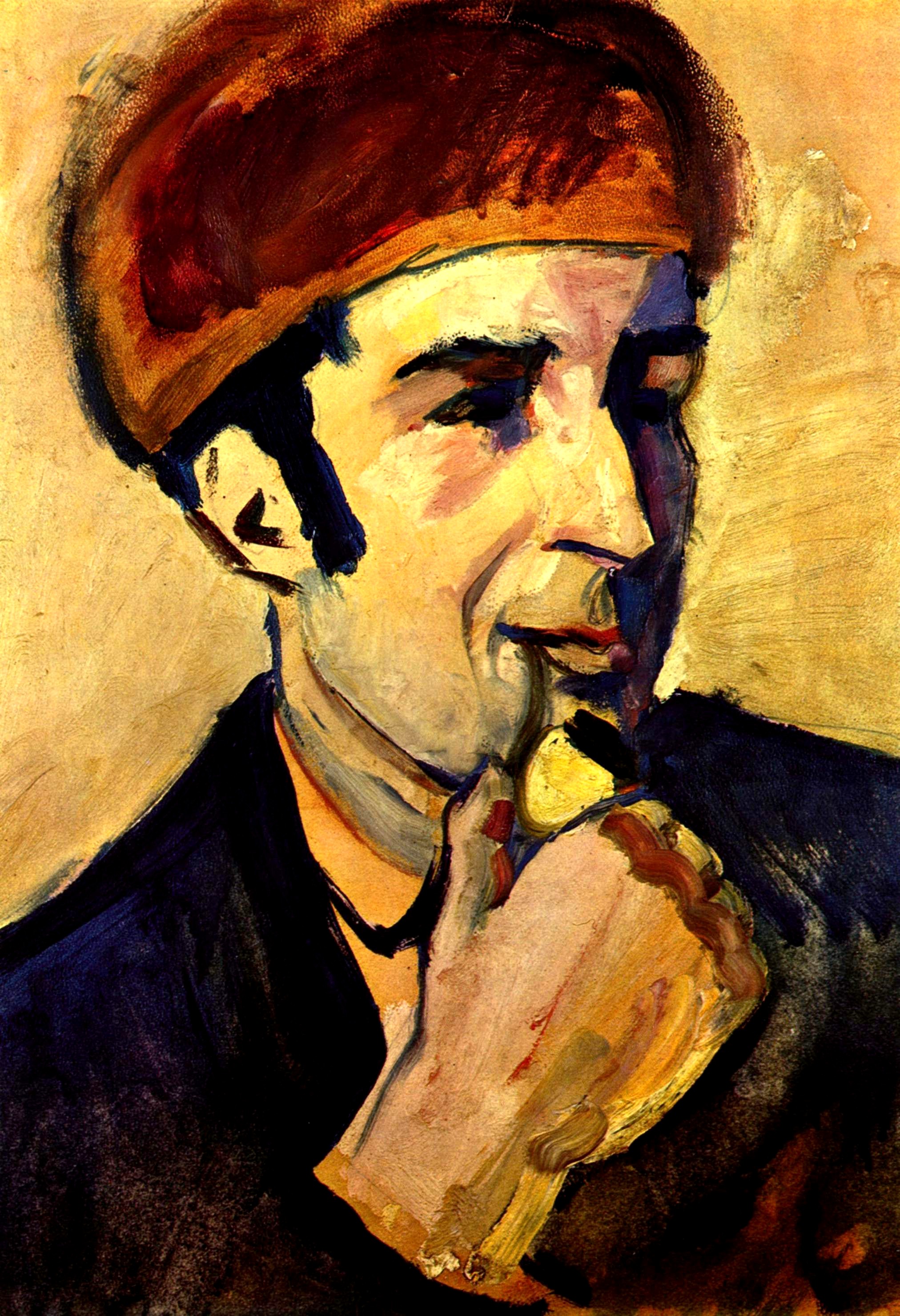
Franz Moritz Wilhelm Marc, a pivotal figure in German Expressionism, remains celebrated for his innovative contributions to 20th-century art. Born in Munich, Bavaria, within the German Empire on February 8, 1880, Marc's journey into the art world was profoundly influenced by his education at the Academy of Fine Arts in Munich. His distinct artistic vision is most famously encapsulated in works like "The Tower of Blue Horses", "Yellow Cow", and "Blue Horse I", each radiating with vibrant colors and emotional depth. Marc's affiliation with Der Blaue Reiter, a journal he co-founded, underscored his role in the German Expressionist movement, emphasizing the spiritual and symbolic significance of color in art.
Marc's oeuvre predominantly features animals, presented not merely as subjects but as embodiments of primal purity and emotional resonance. This choice of subject matter, combined with a stark, almost cubist portrayal, allowed Marc to explore themes of spirituality, masculinity (often symbolized by blue), and the tumultuous essence of life itself. His work "Fate of the Animals", which hangs in the Kunstmuseum Basel, exemplifies this thematic exploration, portraying a premonition of chaos and destruction that eerily anticipated the outbreak of World War I.
Tragically, Marc's promising career was cut short by his death at the Battle of Verdun on March 4, 1916, during World War I, where he served in the German Army. Despite his premature demise, Marc's legacy endures through his profound impact on modern art, as seen in his vibrant compositions that continue to captivate audiences in galleries and museums worldwide. His artworks, once labeled as "degenerate" by the Nazis, have transcended this vilification, achieving acclaim and fetching high sums at auction, with "Die Füchse (The Foxes)" reaching a record £42,654,500.
For collectors and experts in art and antiques, Marc's work represents not only a high point in German Expressionism but also a window into the artist's profound belief in the spiritual power of color and form. His legacy is a testament to the enduring allure and significance of early 20th-century modern art. To stay updated on sales and auction events related to Franz Marc's work, signing up for updates offers a direct link to the vibrant legacy of this remarkable artist.
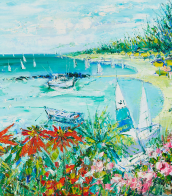
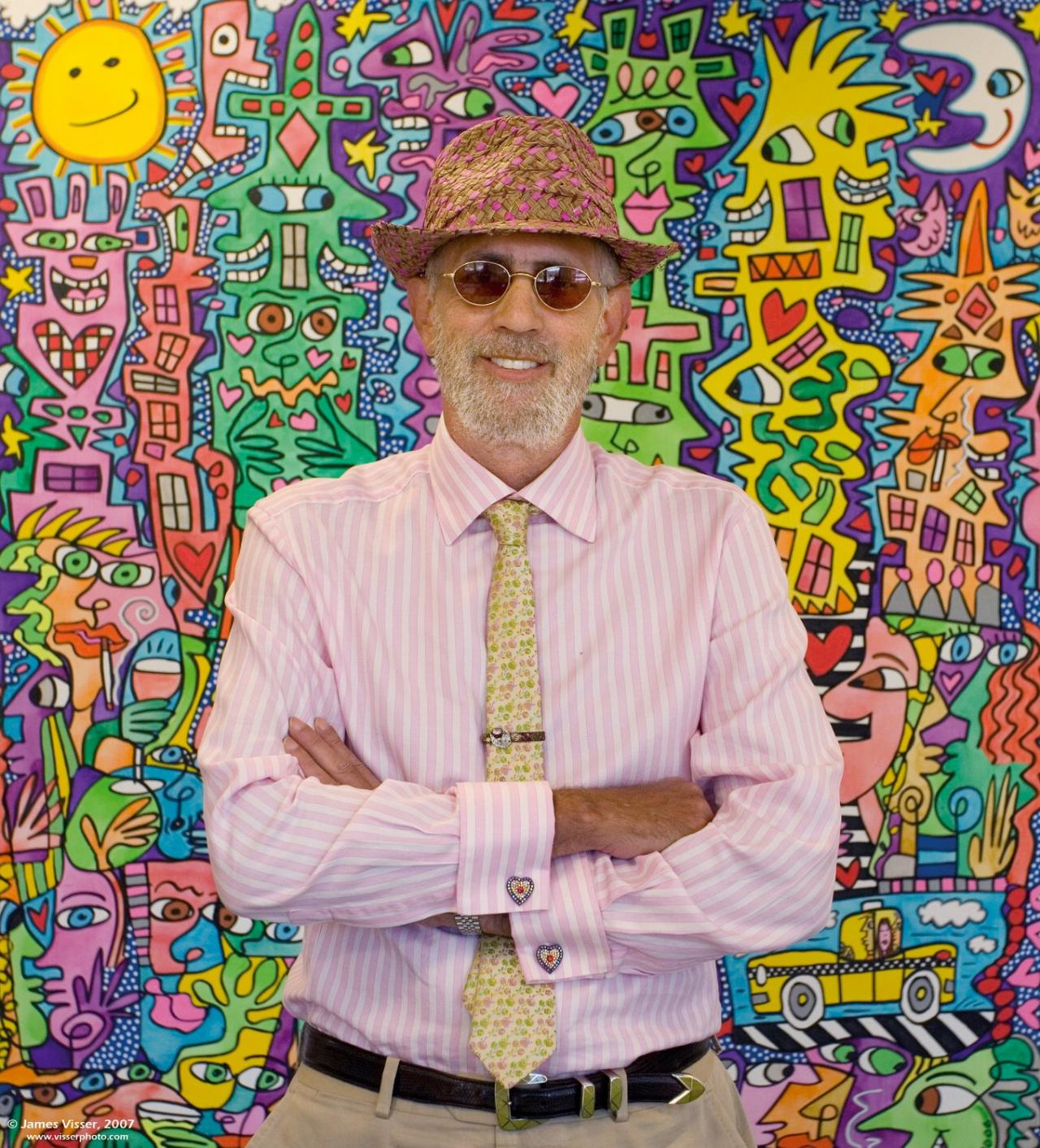
James Rizzi was a renowned American artist, celebrated for his vibrant and playful Pop Art style. Born in Brooklyn, New York, Rizzi's unique approach to art combined childlike whimsy with bold, animated creations. His 3D artworks, characterized by their intricate detail and lively city scenes, set him apart in the art world.
James Rizzi's artistic journey was marked by a series of notable achievements and contributions. He gained recognition in the late 1970s and early 1980s, showcasing his works at prestigious venues like the Brooklyn Museum and creating album covers and animations for the Tom Tom Club. His style evolved into creating 3D constructions, where he meticulously sketched scenes, added vibrant colors, and transformed them into three-dimensional art pieces. This method resulted in captivating prints that exuded a sense of movement and playfulness, drawing viewers into the energetic and diverse atmosphere of New York City.
Throughout his career, James Rizzi undertook various notable projects, including designing for the Montreux Jazz Festival, the FIFA World Cup, and the Olympics. His works were not only limited to canvases but also extended to designing cars for Volkswagen and contributing to charity projects. The "Happy Rizzi House" in Braunschweig, Germany, stands as a testament to his architectural creativity.
Art enthusiasts and collectors will find James Rizzi's work particularly intriguing due to his unique process and the joyous portrayal of urban life. His art is celebrated globally, and his influence remains significant in the Pop Art movement.
If you are a collector or an expert in art and antiques, and James Rizzi's work intrigues you, sign up for updates. Stay informed about new product sales and auction events related to James Rizzi without any pompous flair. Just the essential information, directly to your inbox.
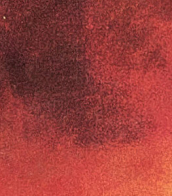
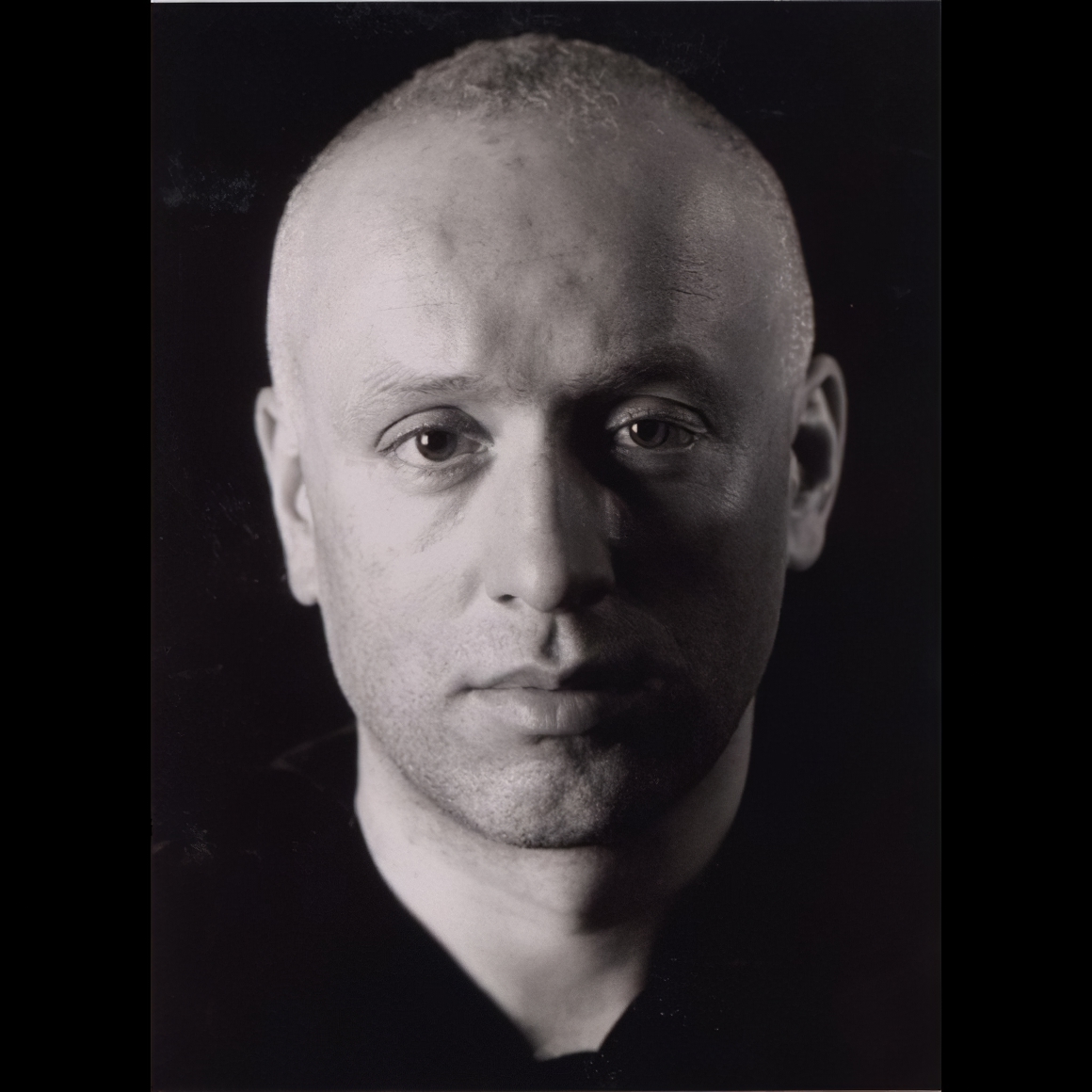
Jiří Georg Dokoupil is a Czech-German painter and graphic artist. He was founding-member of the German artist group Mülheimer Freiheit and the Junge Wilde Art movement, which arose in the late 1970s and early 1980s.
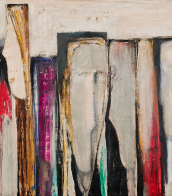
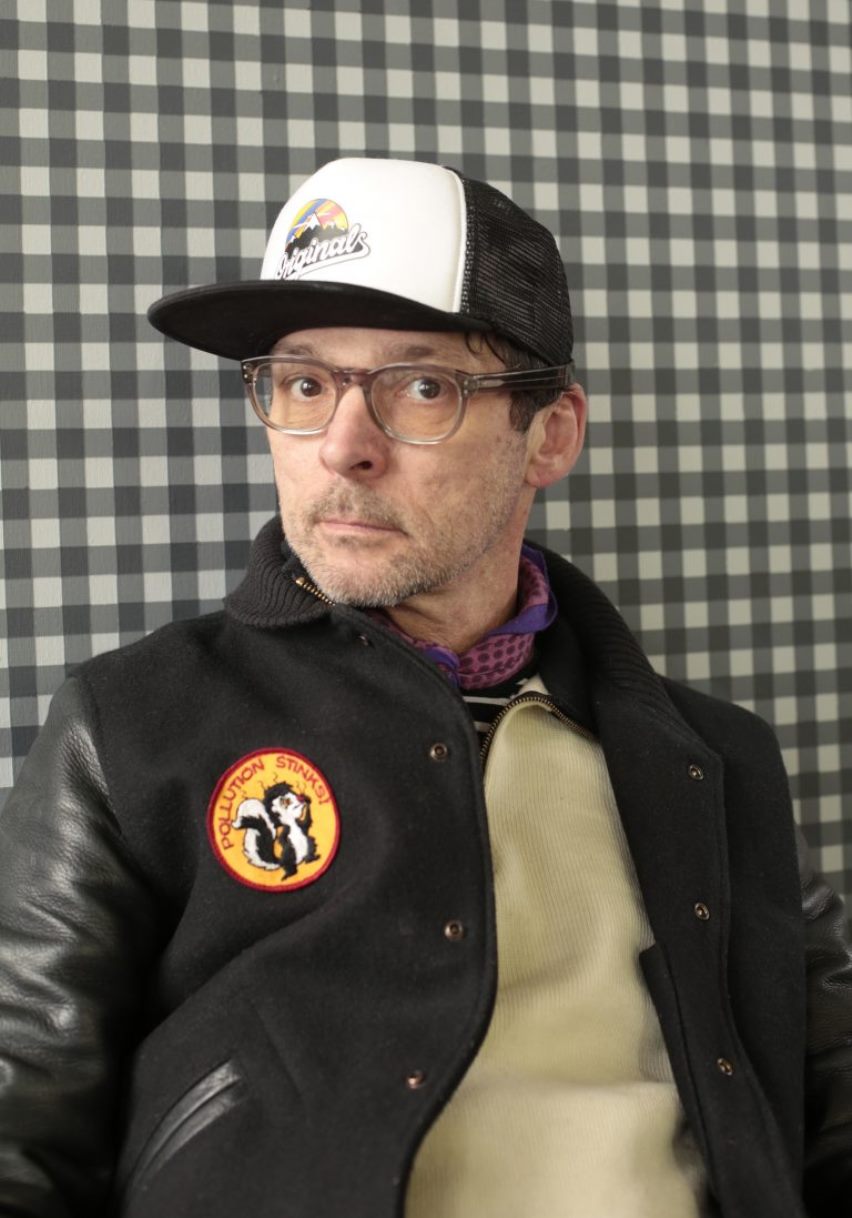
Thomas Zipp is a German artist, sculptor and installer who lives and works in Berlin.
He graduated from the Staedelschule in Frankfurt and the Slade School of Art in London. Zipp's work comes in the form of paintings, sculptures, prints, drawings and installations.
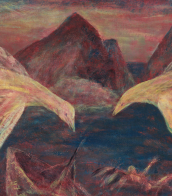
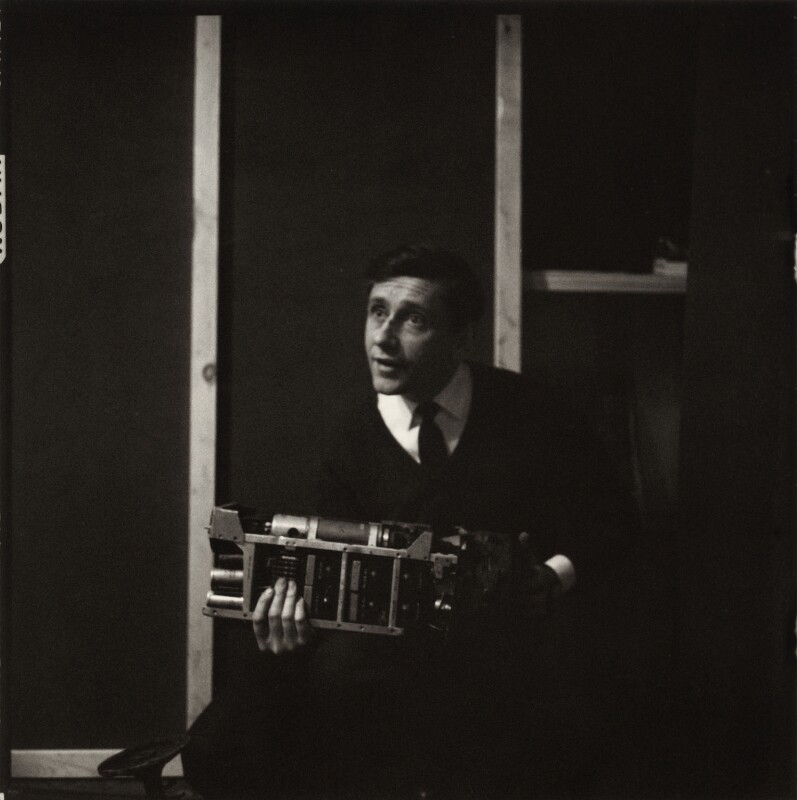
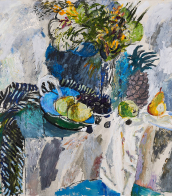
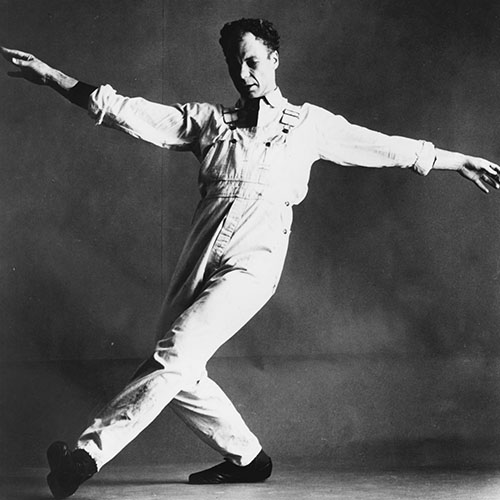
Mercier Philip "Merce" Cunningham was an American dancer and choreographer who was at the forefront of American modern dance for more than 50 years. He frequently collaborated with artists of other disciplines, including musicians, graphic artists and fashion designers. Works that he produced with these artists had a profound impact on avant-garde art beyond the world of dance. There have been numerous exhibitions dedicated to Cunningham's work. Also, his visual art is represented by Margarete Roeder Gallery.
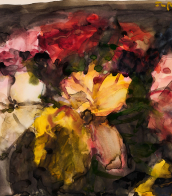
Douglas Gordon is a Scottish artist. He won the Turner Prize in 1996, the Premio 2000 at the 47th Venice Biennale in 1997 and the Hugo Boss Prize in 1998. He lives and works in Berlin, Germany.
Much of Gordon's work is seen as being about memory and uses repetition in various forms. He uses material from the public realm and also creates performance-based videos. His work often overturns traditional uses of video by playing with time elements and employing multiple monitors.
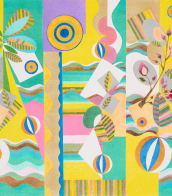
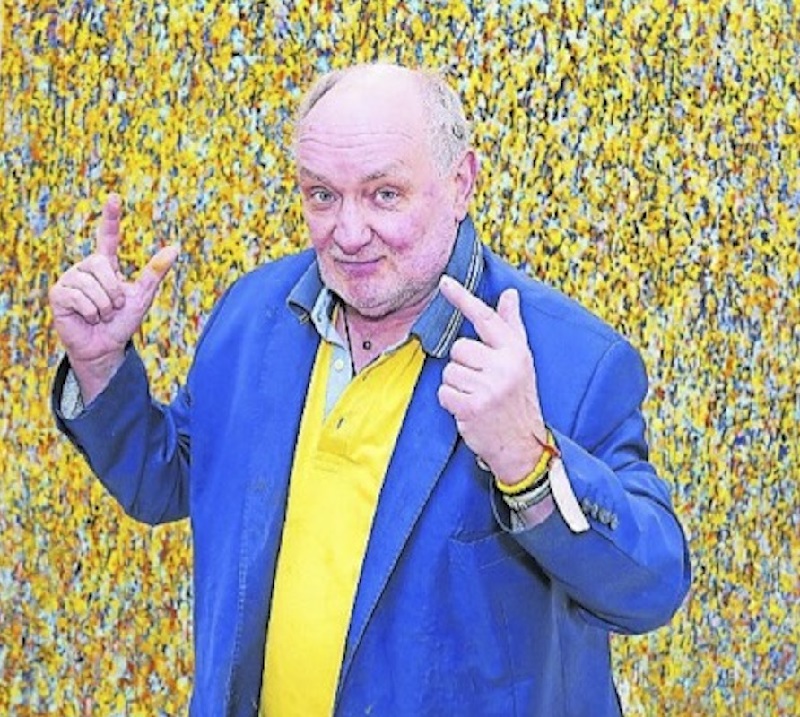
Bernd Schwarzer is a German artist born in Weimar, Thuringia, Germany. Schwarzer's work deals with the subject of Europe, the reunification of East and West Germany, and human rights.
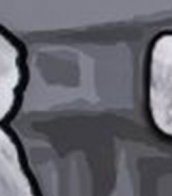

Thomas Zipp is a German artist, sculptor and installer who lives and works in Berlin.
He graduated from the Staedelschule in Frankfurt and the Slade School of Art in London. Zipp's work comes in the form of paintings, sculptures, prints, drawings and installations.
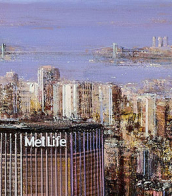

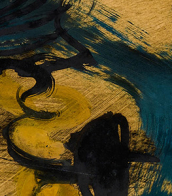
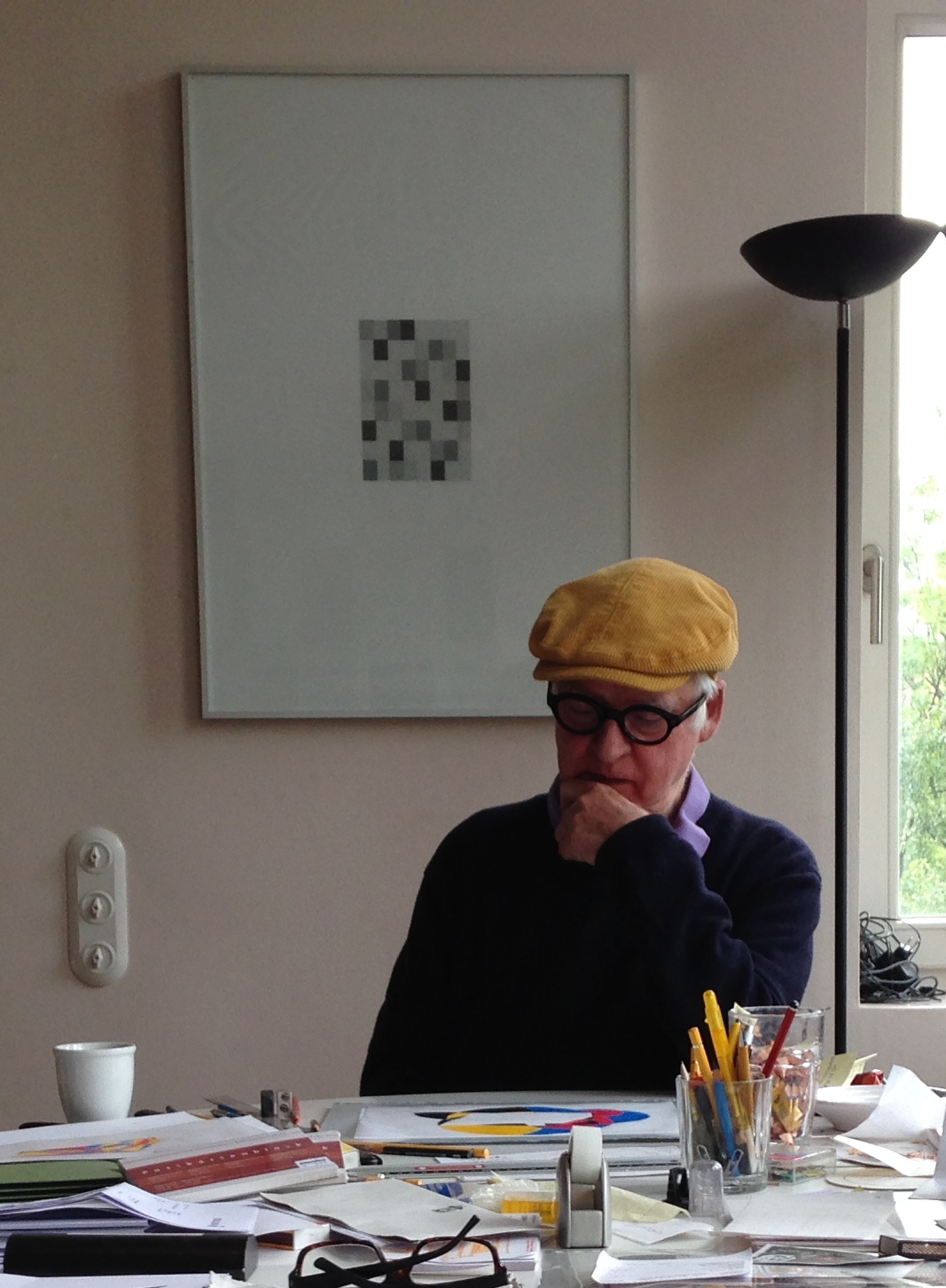
Ulrich Rückriem is a German sculptor known for his large-scale stone sculptures that are often displayed in public spaces. He studied at the Werkkunstschule Krefeld and the Kunstakademie Düsseldorf.
Rückriem's early work was influenced by the Minimalist movement, and he became known for creating abstract, geometric sculptures from raw stone blocks. He often works with granite, basalt, and other types of hard stone, using traditional carving techniques to shape and refine his forms.
In the 1970s, Rückriem began creating large-scale public installations, including his "Stone Alignments" series, which consists of rows of standing stones that evoke ancient megaliths and other prehistoric monuments. His work often engages with the natural environment, creating a dialogue between the man-made and the organic.
Rückriem has exhibited his work in museums and galleries around the world, including the Tate Gallery in London, the Solomon R. Guggenheim Museum in New York, and the Kunstmuseum Bonn in Germany. He has also received numerous awards and honors for his contributions to the field of sculpture, including the International Sculpture Prize in 1987 and the Praemium Imperiale in 2010.
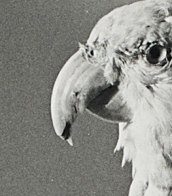
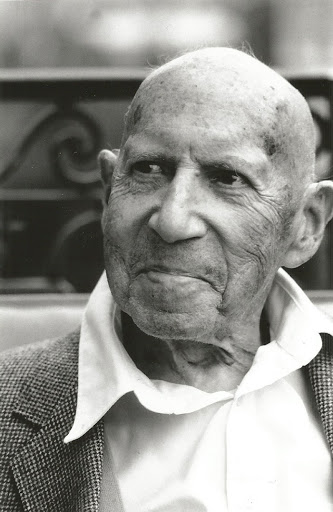
Michel Seuphor, born Fernand Berckelaers in Borgerhout, Belgium, on March 10, 1901, was a seminal figure in the avant-garde art movement, best recognized for his contributions as a Belgian painter, writer, and art critic. Seuphor's adoption of an anagram of Orpheus as his pseudonym underscores his deep connection to the arts, symbolizing a bridge between the world of the living and the artistic underworld. He was pivotal in establishing the literary magazine Het Overzicht in Antwerp in 1921, marking his initial foray into avant-garde circles and showcasing his commitment to fostering artistic innovation.
Seuphor's move to Paris in 1925 signified a major shift in his career, where he became deeply involved with the abstract art movement. His creation of the first abstract drawings between 1926 and 1928, and his collaboration with notable artists like Piet Mondrian, underscored his evolving artistic vision. Seuphor's founding of the Cercle et Carré (Circle and Square) group in 1930 with Joaquín Torres-García was a testament to his leadership and vision in promoting abstract art, drawing members such as Jean Arp and Le Corbusier.
Throughout his life, Seuphor authored pivotal works on abstract painting and sculpture, significantly influencing the documentation and understanding of 20th-century abstract art. His books, including "A Dictionary of Abstract Painting" and "The Sculpture of this Century," remain crucial texts for scholars and enthusiasts alike. Seuphor's legacy extends beyond his writings to include a significant collection of contemporary art, featuring works by artists such as Marcelle Cahn and Victor Vasarely, illustrating his role not just as a theorist and critic but also as a collector and patron of the arts.
For collectors and experts in art and antiques, Seuphor's life and work offer a fascinating glimpse into the development of abstract art in the 20th century. His contributions to the field through his artistic practice, critical writing, and patronage underscore the enduring impact of his vision.
To stay updated on auctions and sales featuring Michel Seuphor's works, sign up for updates. This subscription is your gateway to exploring the profound contributions of Michel Seuphor to the abstract art movement, ensuring you never miss an opportunity to engage with his legacy.
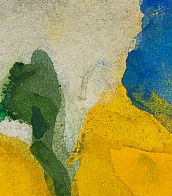
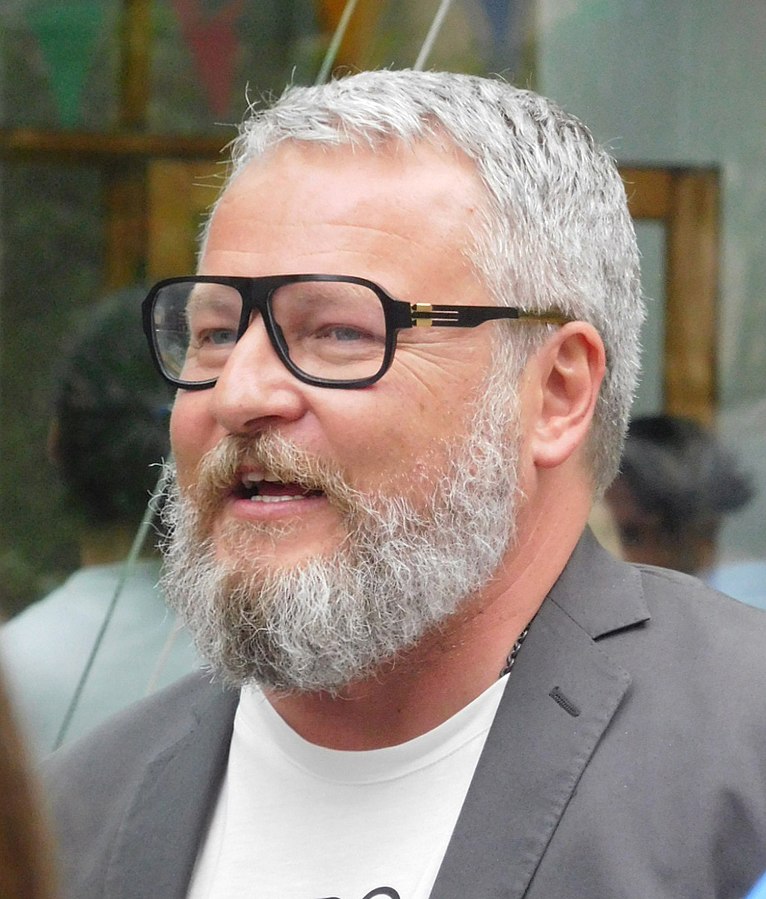
Tobias Rehberger is a German sculptor.
Rehberger works in the wider sphere of design and architecture, and his art is difficult to categorize.
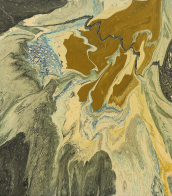
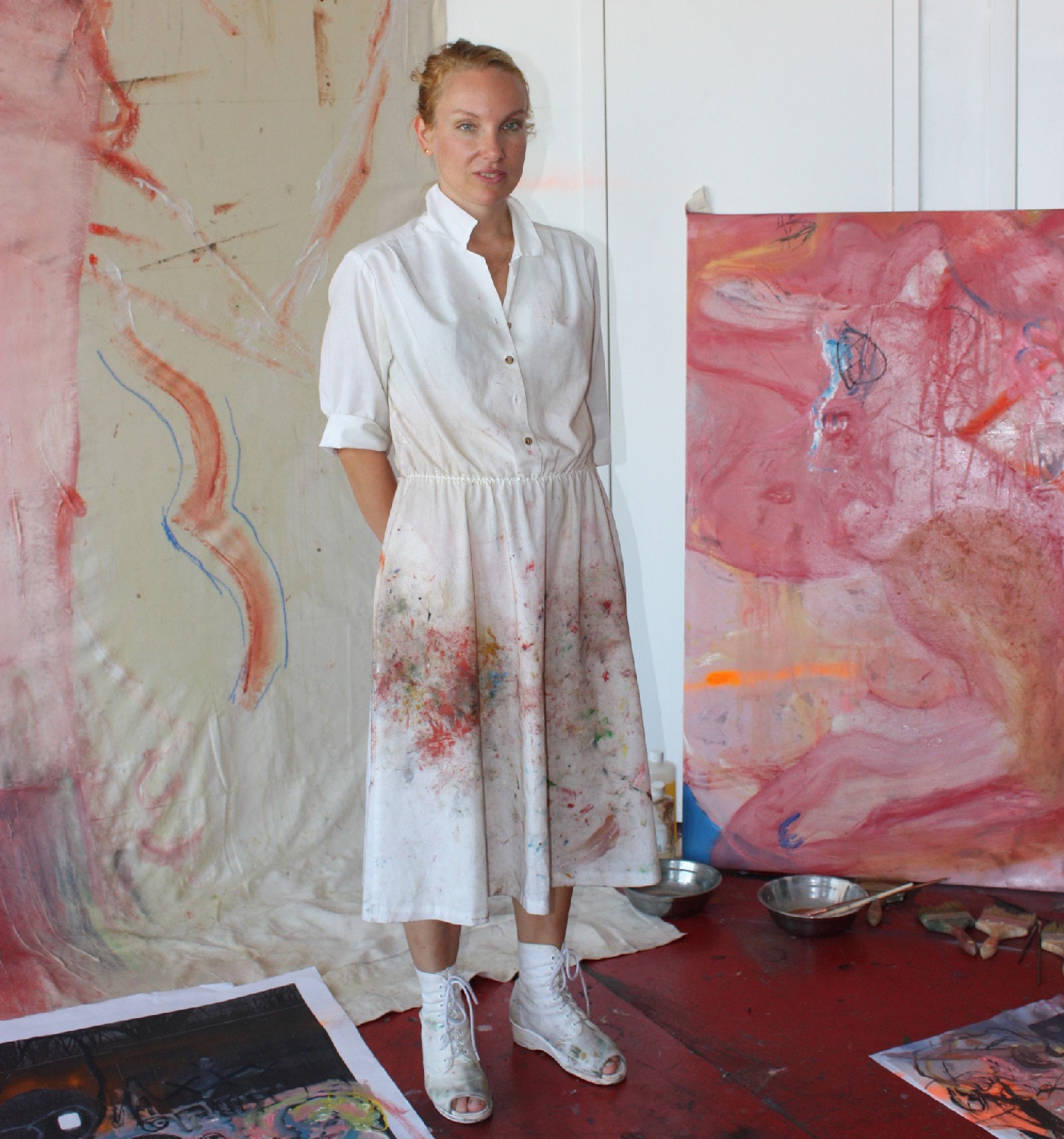
Rita Ackermann is a Hungarian-American artist. She is currently living and working in New York City.

